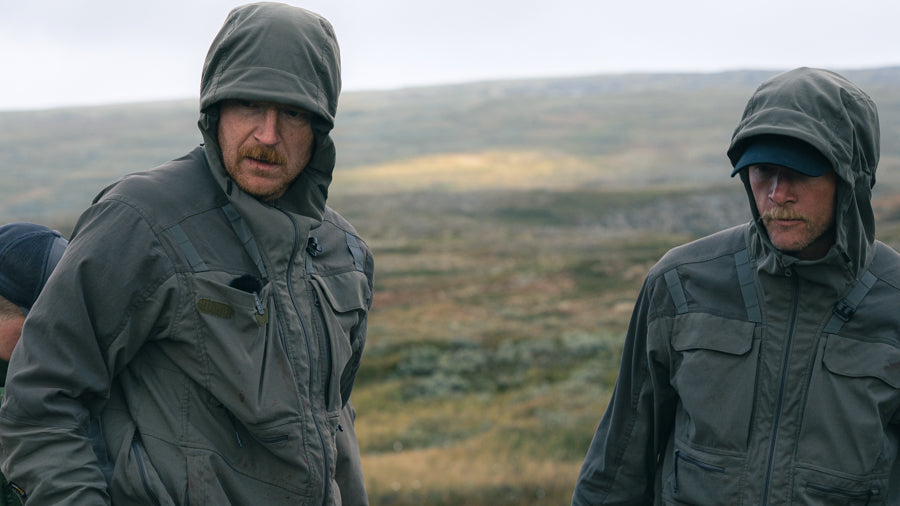
Search for wolves
When it comes to searching for wolves, well-functioning dogs are one of our absolute best and most effective tools for succeeding in the task.
Search for a wolf that is healthy enough to get away and move tends to be extremely difficult and protracted without functioning dogs that can track it down and set it up.
However, I would say that I rarely start a wolf hunt with dogs unless it is bare ground and the dog is needed to track the wolf. That is, I rarely release dogs after an injured wolf without noticing how injured it is. On snow, my normal procedure is to track down the wolf without a dog, or with dogs on a leash, and see how damaged it is, it is so damaged that it is observed in or at play, it is killed immediately. If it can be stated that it has left the leg and there are signs of injury (blood, the walking style does not look normal) then I usually trace a little further to see the behavior of the individual. It may be that it only managed to run away 100 m and then lie down in a bad position again, which gives a fairly certain indication that it is in rather bad shape and dog release is not needed. In my case, I like to see that the search can end without stray dogs as there is always a risk that a dog will be too close if the wolf is so injured that it remains in the wound and thus the dog can be bitten, a risk I like to avoid so far it works.
It is not the number of hunters that counts
When searching for wolves, it is seldom the number of pass shooters that makes the decision, but usually how well the pass shooters who are involved in moving after the dogs / tracker and communicate with each other to safely (read: do not shoot at each other) post of the current area. Moving sessions and good communication between the participants make the search safe and efficient.Summon experienced dogs and people
A wolf search is seldom a simple thing and you should always take into account from the beginning that an injured wolf with its legs and senses intact is often a difficult task to solve. My recommendation is that it may be worth waiting for experienced dogs and people even if it takes time to get them in place, because it is usually the dogs that will solve the task. if the wolf is not so badly injured that it remains in place.
Search begins
Saying how an injured wolf behaves is next to impossible, they are individuals. And can do everything from spinning around in a dense young forest as long as it can, to pulling straight through the landscape without giving way to wide rivers and communities.
When the search begins, I would like to start by having most of the snipers some distance 2-4 km, scattered in all directions. Someone can be closer and post in good places. When you notice how the wolf behaves (spins around in the same area / pulls straight out), the pass shooters have to advance closer or keep up and post as it moves. Here, Tracker is a great help as you can see where both dogs and snipers are in real time to maximize security and efficiency.
Below is a series of images from a wolf hunt on bare ground.
.  Tracks
Tracks  The wolf pushes behind a root roll.
The wolf pushes behind a root roll.
 The shooter sneaks up and finishes.
The shooter sneaks up and finishes.





Leave a comment (all fields required)